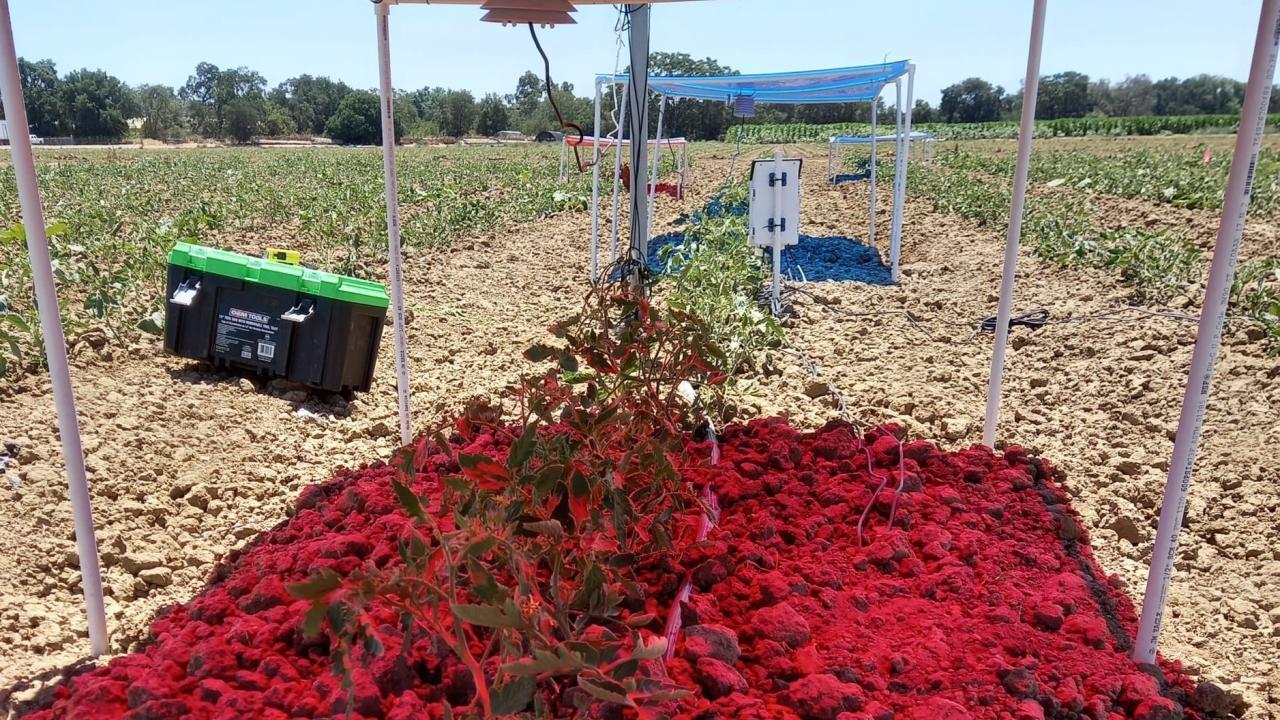
Harvesting Light to Grow Food and Clean Energy Together
Different Light Spectra Serve Different Needs for Agrivoltaics
People are increasingly trying to grow both food and clean energy on the same land to help meet the challenges of climate change, drought and a growing global population that just topped 8 billion. This effort includes agrivoltaics, in which crops are grown under the shade of solar panels, ideally with less water.
Now scientists from the University of California, Davis, are investigating how to better harvest the sun — and its optimal light spectrum — to make agrivoltaic systems more efficient in arid agricultural regions like California.
Their study, published in Earth’s Future, a journal of the American Geophysical Union, found that the red part of the light spectrum is more efficient for growing plants, while the blue part of the spectrum is better used for solar production.
“This paper is a door opener for all sorts of technological advancements,” said corresponding author Majdi Abou Najm, an associate professor at the Department of Land, Air and Water Resources and a fellow at the UC Davis Institute of the Environment. He conducted the study with first author Matteo Camporese of the University of Padova in Italy, who came to UC Davis as a Fulbright visiting scholar. “Today’s solar panels take all the light and try to make the best of it. But what if a new generation of photovoltaics could take the blue light for clean energy and pass the red light onto the crops, where it is most efficient for photosynthesis?”